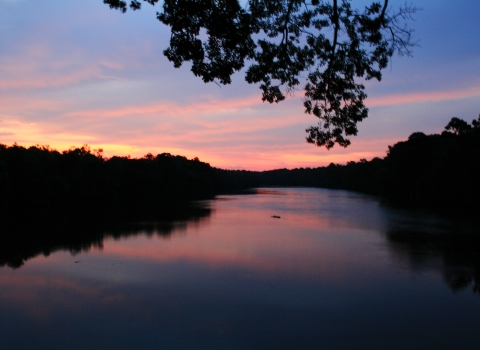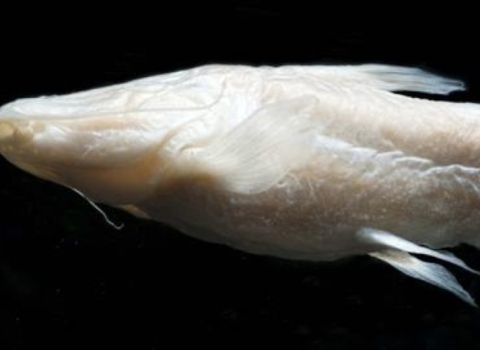The U.S. Fish and Wildlife Service has determined that the Yangtze sturgeon, a freshwater fish found within the upper and middle Yangtze River system in China, warrants listing as endangered under the Endangered Species Act (ESA).
The Service uses the best available science to make ESA listing determinations and is required to list imperiled species as endangered or threatened regardless of their country of origin. Threats to the fish are principally the presence of dams and partly bycatch. The species is also negatively impacted by industrial pollution, riverbed modification and hybridization with non-native sturgeon.
Despite conservation efforts undertaken by local and national authorities, such as fishing bans and restocking, the species continues to decline throughout its range. Natural reproduction of the sturgeon has not been documented in the wild since 2008 and captive-bred reintroduced sturgeon are unlikely to survive in wild conditions.
The Yangtze River, where the Yangtze sturgeon lives, is the longest river in Asia and serves as a major fishing ground for millions of people. The topography of the upper Yangtze River basin is characterized by mountains of varying heights. This topography makes the upper Yangtze River an ideal place for hydroelectric projects.
Dam construction on the Yangtze River occurs both upstream and downstream of the Yangtze sturgeon’s current range. The construction of dams and reservoirs has negatively impacted the species and its habitat by limiting connectivity between spawning and feeding reaches; altering water temperature, water discharge and velocity rates; and changing sediment concentration.
In addition to being listed as endangered under the ESA, the Yangtze sturgeon is also listed under Appendix II of the Convention on International Trade in Endangered Species of Wild Fauna and Flora (CITES). Appendix II species are defined as species that may become threatened with extinction without international trade controls.
The Yangtze sturgeon is also listed under China’s national law as a Class I species. Class I species are protected from certain activities, including hunting, capturing or killing although domestication, breeding and exhibition is allowed with the proper permits.
The ESA provides numerous benefits to foreign species, primarily by prohibiting activities such as import, export, take, interstate commerce and foreign commerce. By regulating these activities, the United States helps conserve imperiled species across the world.
To learn more about the Service’s Branch of Delisting and Foreign Species, visit: https://www.fws.gov/endangered/what-we-do/foreign-species.html.



